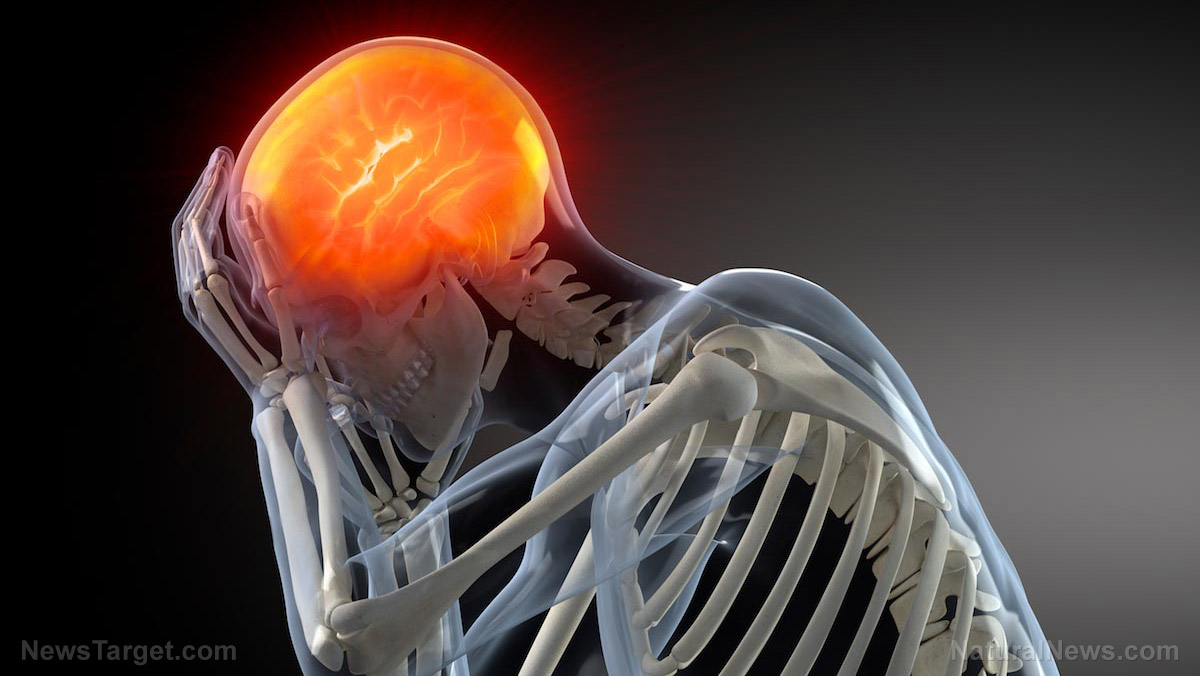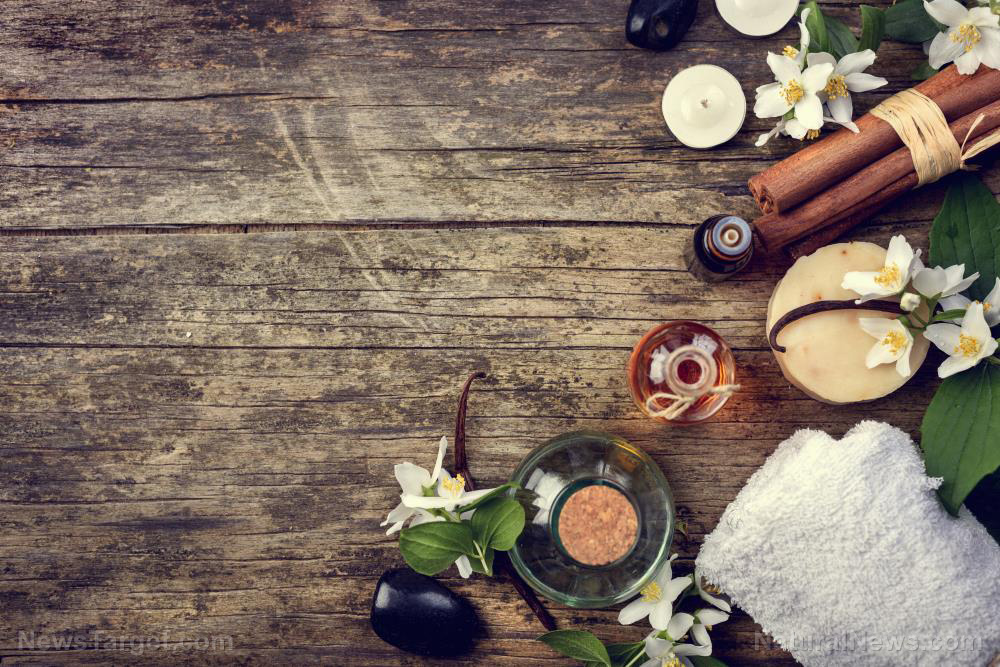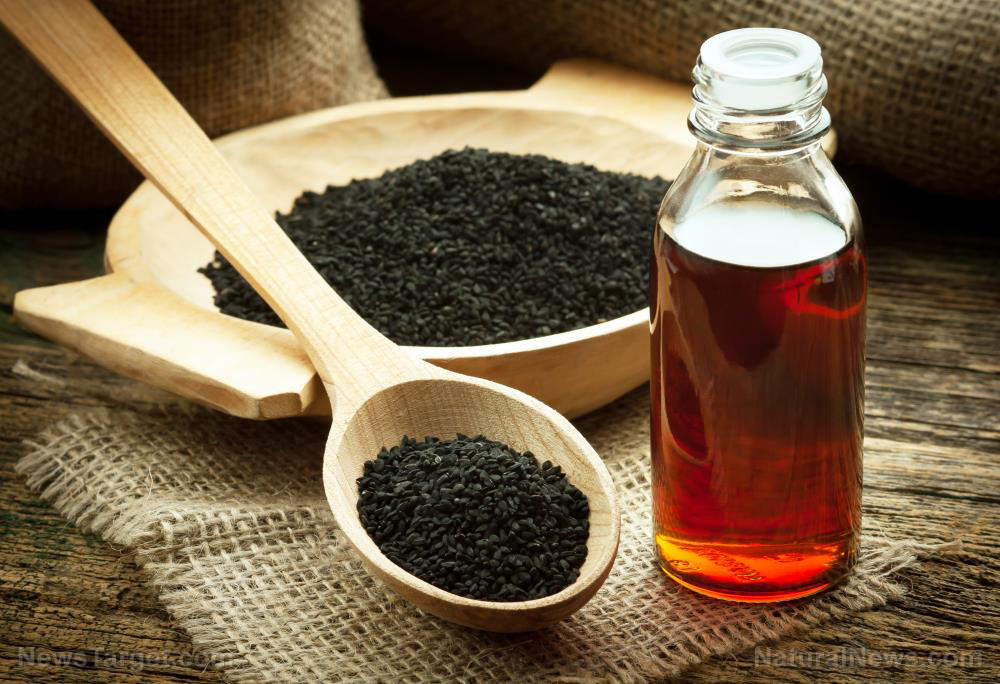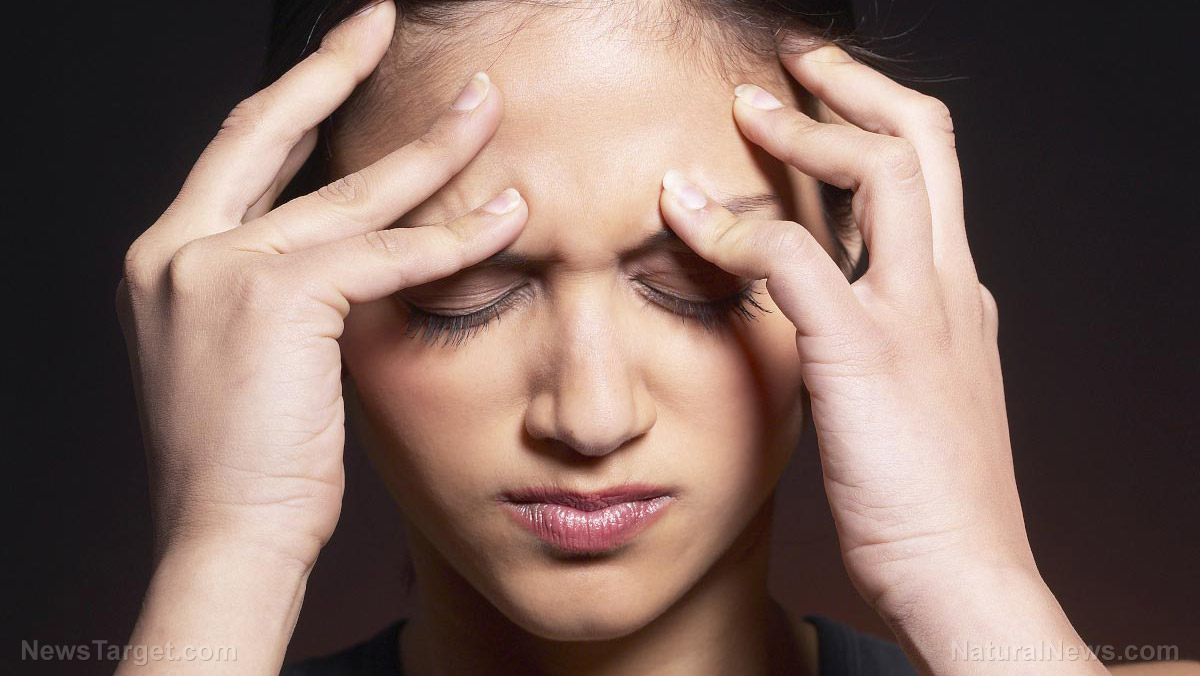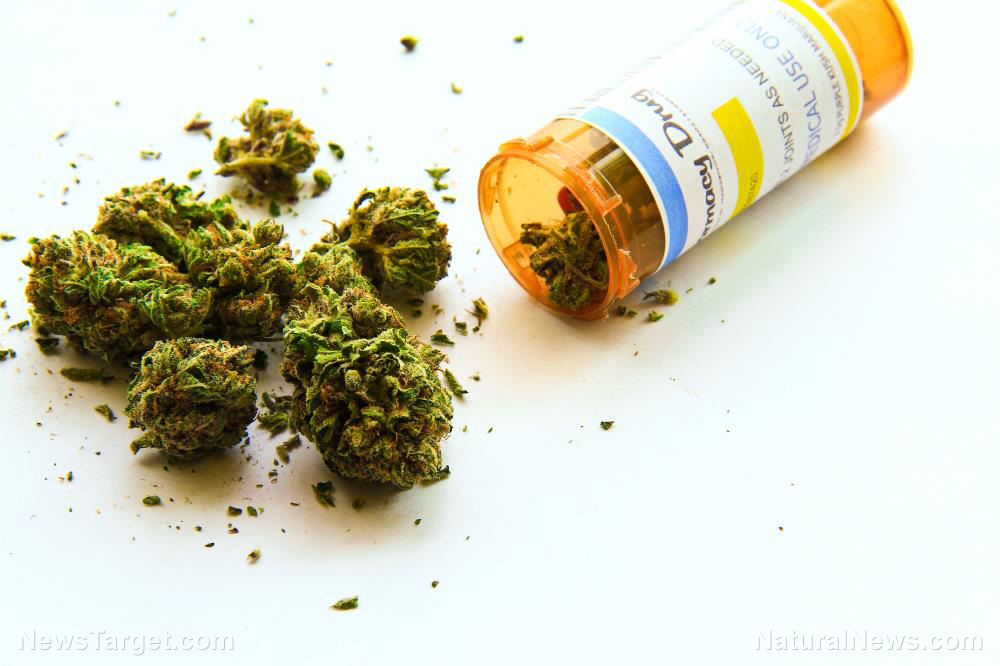TCM gua sha found to effectively ease chronic lower back pain in the elderly
09/18/2019 / By Evangelyn Rodriguez
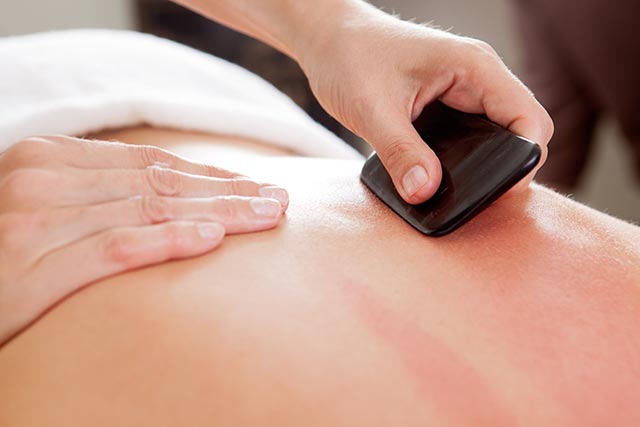
Gua sha is an alternative therapy used in traditional Chinese medicine to relieve muscle pain and tension. During gua sha treatment, a tool is used to scrape the skin. This action is believed to address the blockage of qi — the root cause of tension in the muscles and joints. Once the free flow of qi or energy is restored, a person can experience relief from aches or stiffness in certain parts of the body. In a recent study published in the journal Complementary Therapies in Medicine, researchers from the Hong Kong Polytechnic University designed a randomized crossover pilot study to evaluate the effects of gua sha on inflammatory biomarkers. They tested their clinical trial protocol on elderly subjects and found that not only is it feasible for assessing the effectiveness of alternative therapies, but that gua sha is an effective treatment for chronic pain caused by inflammation.
Gua sha provides long-lasting pain relief from chronic lower back pain in the elderly
For their study, the researchers compared the effects of gua sha treatment and hot pack treatment on chronic pain. They used a hydrocollator-based hot pack therapy as active control. For the outcome measures, they considered pain intensity, physical disability, depression, general health status, and salivary biomarkers of inflammation, such as tumor necrosis factor-alpha (TNF-a) and heme-oxygenase-1 (HO-1).
Although the researchers did not observe any significant difference in the outcome measures of either gua sha or hot pack therapy, they noted important differences during the one-week follow-up period. They reported that elderly subjects in the gua sha-treated group experienced greater pain reduction and disability improvement than those in the control group. While both therapies improved flexion and the extension and bending movements of the lower back, areas of improvement varied between the two.
The researchers also found that gua sha treatment decreased the expression of salivary TNF-a and HO-1 in the elderly. In the control group, however, the concentrations of both biomarkers rebounded one week after the hot pack treatment. In addition, the researchers reported that the decrease in salivary TNF-a in the gua sha group strongly correlated with the improvement of physical disability. Physical disability was correlated with the visual analog scale (VAS) for pain intensity.
Based on these findings, the researchers concluded that their clinical trial protocol is feasible for evaluating the effectiveness of gua sha and other therapies and that gua sha provides a longer-lasting anti-inflammatory effect and pain relief than hot pack therapy in elderly patients with chronic low back pain.
The benefits of gua sha therapy
Gua sha comes from the Chinese word for scraping. It is often called skin scraping, spooning, or coining. In traditional East Asian medicine, gua sha is used to treat blood stasis, which is believed to be the cause of pain and illnesses. Gua sha is an effective alternative therapy for musculoskeletal disorders, such as back pain, tendon strain, and carpal tunnel syndrome.
Gua sha is known for its ability to reduce inflammation. This is why it is recommended for people who suffer from chronic pain like arthritis and fibromyalgia, and other conditions that cause muscle and joint pains. Other symptoms that can be relieved by gua sha therapy include:
- Hepatitis B
- Perimenopausal syndrome
- Migraine
- Breast engorgement (experienced by breastfeeding women)
- Tourette syndrome (a neurological disorder)
- Neck pain
Gua sha can be used to improve symptoms when conventional therapies fail. However, if you’re looking to try this therapy, make sure that the person who will perform this is a licensed acupuncturist or someone who has certification that proves they have basic knowledge of gua sha. This will reduce the risk of pain or severe bruising and ensure the effectiveness of the treatment as well as your safety.
Sources include:
Submit a correction >>
Tagged Under:
aging, aging secrets, alternative medicine, alternative therapy, anti-aging science, anti-inflammatory, arthritis cure, back pain, chronic pain, disability improvement, Gua sha, inflammation, inflammatory biomarkers, joint pain, musculoskeletal disorders, pain relief, prevention, remedies, research, skin scraping, TCM, traditional Chinese medicine
This article may contain statements that reflect the opinion of the author
RECENT NEWS & ARTICLES
BackPain.News is a fact-based public education website published by Back Pain News Features, LLC.
All content copyright © 2018 by Back Pain News Features, LLC.
Contact Us with Tips or Corrections
All trademarks, registered trademarks and servicemarks mentioned on this site are the property of their respective owners.




